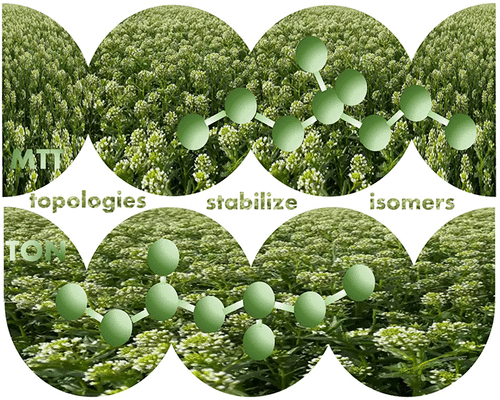J. E. Schmidt, B. Smit, C.-Y. Chen, D. Xie, and T. L. M. Maesen, Toward Superior Hydroisomerization Catalysts through Thermodynamic Optimization ACS Catal., 6710 (2023) doi: 10.1021/acscatal.3c00391

Abstract: The need to reduce the lifecycle greenhouse gas emissions of fuels and lubricants has renewed interest in hydroisomerization processes. Here it is shown how recognizing the signature of individual alkane hydrocracking pathways enables delineating changes to the alkane hydroisomerization and hydrocracking networks as a function of catalyst pore topology. Spacious pores allow indiscriminate access to both kinetically favored α,α,γ-trialkyl alkane hydrocracking pathways and thermodynamically favored α,α- and α,γ-dialkyl alkane hydrocracking pathways. Narrower pores enhance isomerization by slowing down access to the kinetically favored hydrocracking pathways. The narrowest pores enhance isomerization further by narrowing down the remaining hydrocracking pathways: MTT- and TON-type zeolites limit hydrocracking to only a low concentration of the few isomers that are commensurate with their respective topologies. This improved understanding of how catalyst pore topologies impact hydroconversion networks is guiding the design of more carbon efficient industrial hydroisomerization processes.